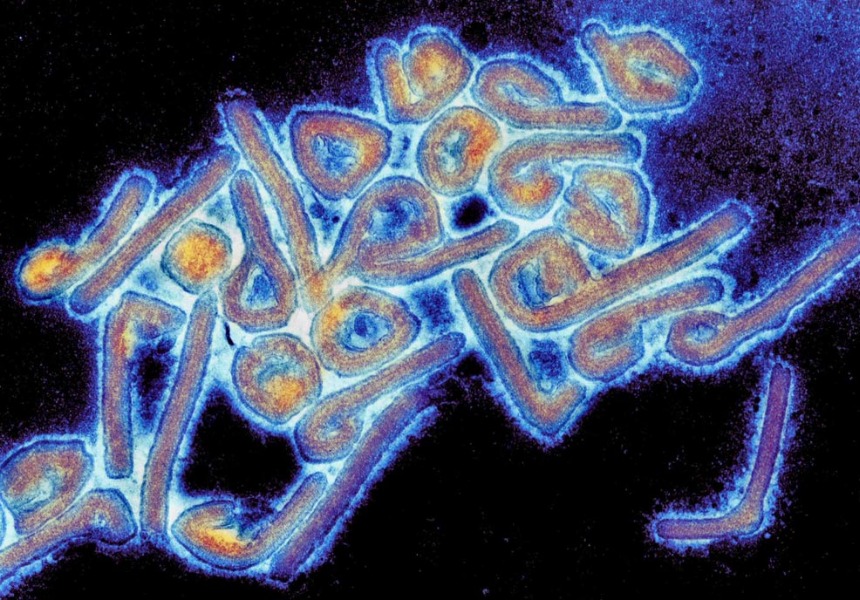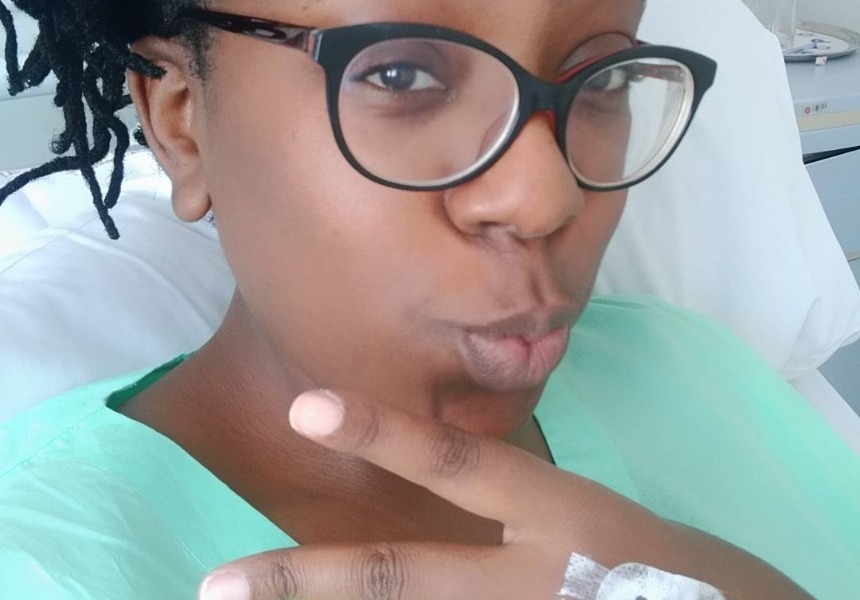Marburg virus, which is one of the most dangerous viruses on earth has knocked on Kenya’s door and the government is currently investigating four cases in Trans Nzoia county. The information is that four people are currently quarantined who came from Uganda, where there is a full-blown outbreak with one fatality confirmed in Kweene District.

WHO states that the Marburg virus disease (MVD) is a severe and highly fatal disease caused by the Marburg virus from Filoviridae family; the same family of the Ebola virus. It has a fatality ratio of up to 88%. The Marburg virus causes severe viral hemorrhagic fever in humans, a reason why MDV was also known as Marburg hemorrhagic fever.
The disease gets its name from the town of Marburg, Germany where it was first reported in 1967. Manze a town being famous for a killer virus! The outbreak was associated with laboratory work using African green monkeys (Cercopithecus aethiops) imported from Uganda.
How does one get it is the most important question?
Marburg spreads through human-to-human transmission via direct contact (through broken skin or mucous membranes) with the blood, sex, secretions, organs or other bodily fluids of infected people, and with surfaces and materials (e.g. bedding, clothing) contaminated with these fluids. Monkeys and fruit bats are the main sources of the disease. People remain infectious as long as their blood contains the virus.
What about the symptoms?
Marburg has Ebola-like symptoms which include high fever, severe headache, malaise, muscle pains, bleeding, vomiting, diarrhea, chills, abdominal pain and cramping and myalgia( this last one hata misijui).
Persons infected may start to showcase deep-set eyes, expressionless faces and extreme lack of energy.

Is there a cure?
There is as yet no proven treatment available for it.
Can it be prevented/controlled?
Good outbreak control relies on applying a package of interventions, namely case management, surveillance, a good laboratory service, safe and dignified burials, and social mobilization.




